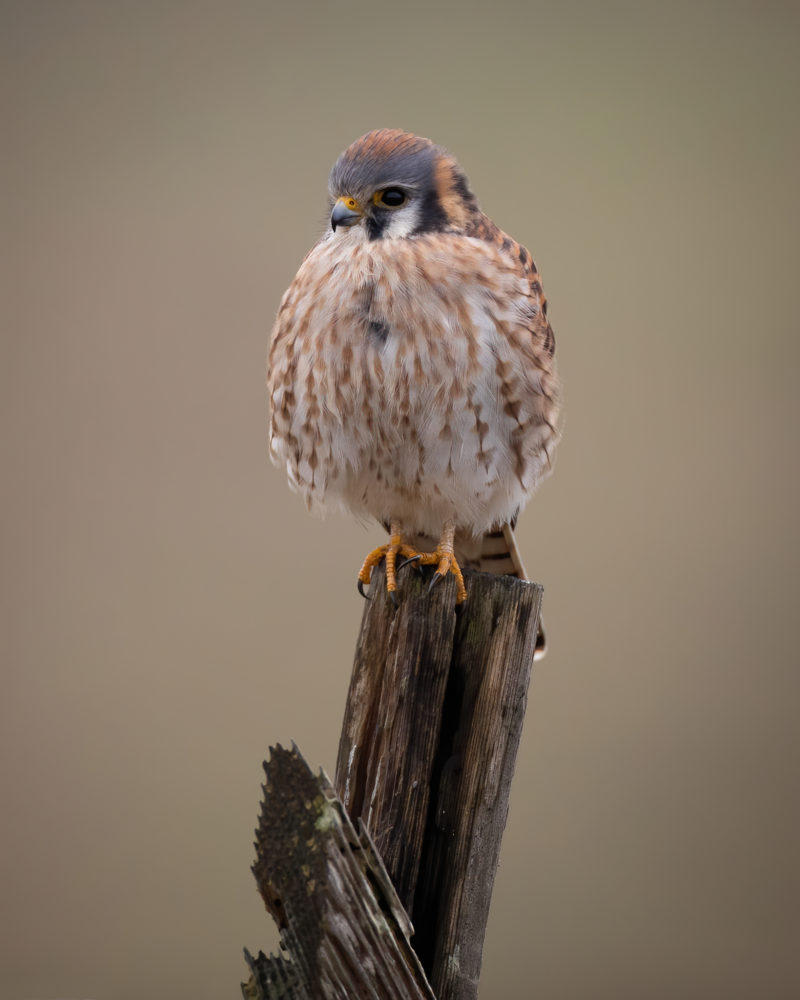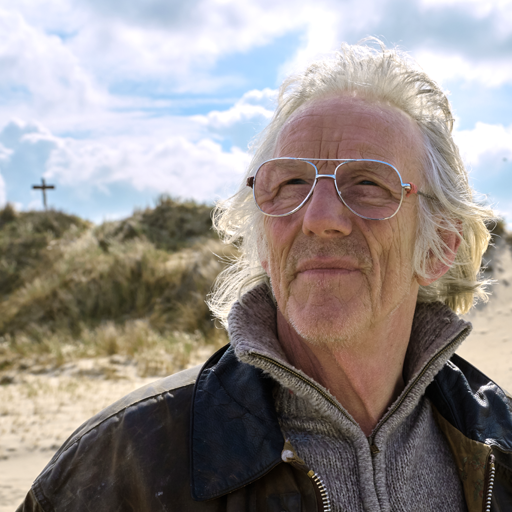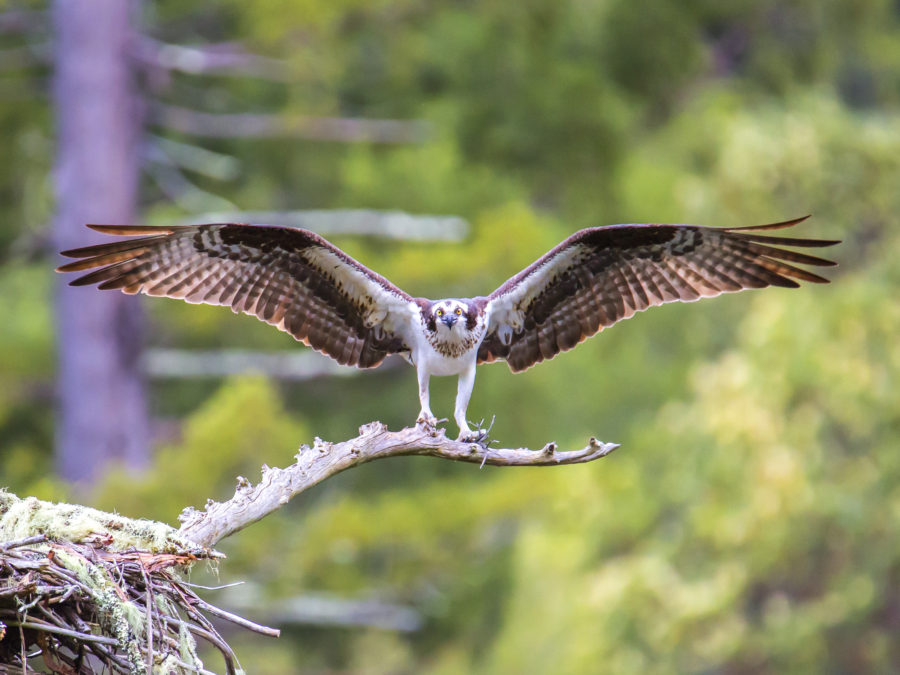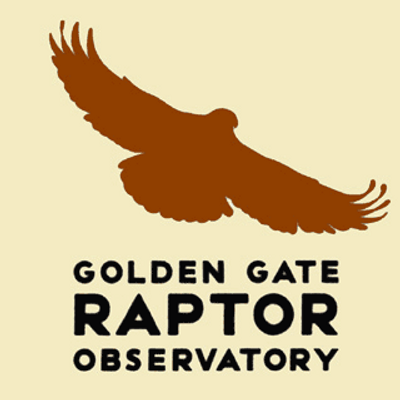Calendar of Events
|
Sunday
|
Monday
|
Tuesday
|
Wednesday
|
Thursday
|
Friday
|
Saturday
|
|---|---|---|---|---|---|---|
|
0 events,
|
0 events,
|
0 events,
|
0 events,
|
0 events,
|
0 events,
|
0 events,
|
|
0 events,
|
0 events,
|
0 events,
|
1 event,
-

Zoom Program - CLICK HERE to signup From colorful kestrels to enormous eagles, diurnal raptors are charismatic birds of our landscapes. Perched at the top of the food web, these species take advantage of different habitats and use various strategies to hunt. We’ll explore how these behaviors, along with distinguishing field marks, can help in identifying our local species as we discuss some of the life history stories that make each unique. Marin County Parks Naturalist Shannon Burke, known for her expertise in a variety of natural history fields (some animal, some vegetable), has a special interest in raptors and worked for a number of years as a volunteer for the Golden Gate Raptor Observatory. She always combines her considerable field identification skills with substantial knowledge of animal behavior to create outstanding programs. Photo Credit: Elyse Omernick |
2 events,

Marin Audubon Society is partnering with the Mill Valley Film Festival to present “The Warden (De Vogelwachter)" On the deserted beach of tiny Benty Island, the warden (Freek de Jonge in a wonderfully understated solo turn) follows a strict daily routine at the bird sanctuary he has overseen, alone, for decades. With the same precision as his beloved grandfather clock, he monitors the flocks of resident and migrating sea and shore birds that are his only companions and his constant source of wonderment. But everything in his world shifts tectonically when he learns that his post will be shut down. The warden must find a way to resist his fate—but how? Writer-director Threes Anna (The Bird Can’t Fly, MVFF31) captures the quiet joys of solitude and self-imposed isolation in a beautiful film allegory that fits the pandemic era we have now entered—and offers a glimpse of what joy there is to find oneself, after so long alone, face to face with another human being and kindred spirit. 
Speaker: Bob Lewis Description:For over 20 years, Bob Lewis has been leading birding trips to the Sierra Valley, often staying to photograph the birds and he sees. At the headwater of the Feather River, the valley is a magnet for birds and the surrounding mountains provide additional habitats. Bob will take us to some of his favorite places and show us the birds that live there, along with a few other creatures. He has often been asked where his favorite birding spot is and Sierra Valley ranks high on the list. Bob trained as a chemist, but his second career is very avian. He’s served on the GGAS board where he led the Adult Education Committee. He’s an award-winning photographer and world traveler, and frequent public speaker on avian topics at libraries and Audubon Societies. He has co-taught Master Birding, Avian Evolution and Bay Area Birds for GGAS, and his bird life list stands at 5059. Use the link below to access the meeting. A Q&A will follow the presentation. To ask a question use the Chat feature on Zoom. Photo taken by Bob Lewis - American Bittern |
||
|
2 events,

Featured
-

Featured
Zoom Program - CLICK HERE to sign up The sounds of owls talking late into the night may seem mysterious, but there are solid biologically accepted reasons for their diversity of vocalizations. The variation has much to do with how owls have evolved, becoming the dominant nocturnal avian predators. Join Joe for an introduction to owls with a focus on the exploration as to why owls have evolved such a plentiful repertoire of hoots, howls, wails, screams, whistles, yelps, shrieks, barks, whines, and whinnies. As a Professor of Biology for 30 years Joe has been teaching a rich diversity of courses ranging from ornithology to marine invertebrate zoology as well as leading field courses from Alaskan tundra to Costa Rican Tropical Rain Forests. His teaching style has developed from a view of life focused on systems thinking and how interrelationships make up the essential nature of life. He developed and coordinates the Natural History Program at College of Marin and is the 2008 recipient of the Terwilliger Environmental Education Award. Photo Credit: Elyse Omernick |
||||||
|
0 events,
|
0 events,
|
1 event,
-

Zoom Program - CLICK HERE to signup Since the establishment of a nesting colony of Osprey at Kent Lake beginning in the mid-1960’s, the local population grew exponentially, at least over the next three decades. Beginning in the mid-1990’s, the numbers leveled off and then began to decline somewhat. This presentation will trace the dynamics of that founding population, discuss the reasons for its local decline as well as the population’s expansion in the greater Bay Area. Born and raised in New England, Jules lived with his family and worked as a wildlife biologist in western Marin County for over three decades. He currently lives in coastal Oregon but returns to Marin for field work and friendships. His primary research focuses on tidal wetlands, avian population trends, and species at-risk. He has written three California Natural History Guides: The Natural History of the Point Reyes Peninsula (3rd ed. 2008), An Introduction to California Birdlife with Ian Tait (2005), and Birds of the Northern California Coast with Rich Stallcup (2014). Photo Credit: Dave Strauss |
0 events,
|
0 events,
|
0 events,
|
|
|
0 events,
|
0 events,
|
0 events,
|
1 event,
-

Zoom Program - CLICK HERE to signup Each fall, tens of thousands of birds of prey funnel overhead at the Marin Headlands, the largest known raptor migration along the Pacific Coast. In the early 1980’s a few Marin citizens started conducting counting and banding studies on the flight, studies that drew many volunteers and soon evolved into the Golden Gate Raptor Observatory, a full-fledged program of the Golden Gate National Parks Conservancy in cooperation with the National Park Service. Today, the GGRO is part of a broad program of community science and ecological stewardship coordinated by the Parks Conservancy, including ONE TAM, and the Native Plant Nurseries. Now 35 years old, with four staff and 240 volunteers, the GGRO is the only barometer of migrating raptor populations in California, providing population trends and migration locations for up to 19 species of hawks, kites, falcons, eagles, osprey, vultures, and harriers. Along with keeping an annual pulse on California’s raptors, the GGRO has forged long-term relationships with local biologists – to study a range of stressors on the wild birds of prey we have in hand, among them, diseases, parasites, rat poisons and other toxins. Come join us for an entertaining discussion of the GGRO, Migratory Story and all things raptor, as GGRO director Allen Fish delves into the best stories from Hawk Hill, as well as the unique meaning of 2020 for long-term bird monitoring. For many Bay Area birders, Allen needs no introduction. The GGRO’s first director, he was hired in 1985. With a background in evolutionary ecology and conservation biology from UC Davis, Allen has a particular interest in bird population responses to urban development, climate change, and other human pressures. His presentations always manage to inform and entertain audiences. This program will no doubt continue that tradition. |
0 events,
|
0 events,
|
0 events,
|
